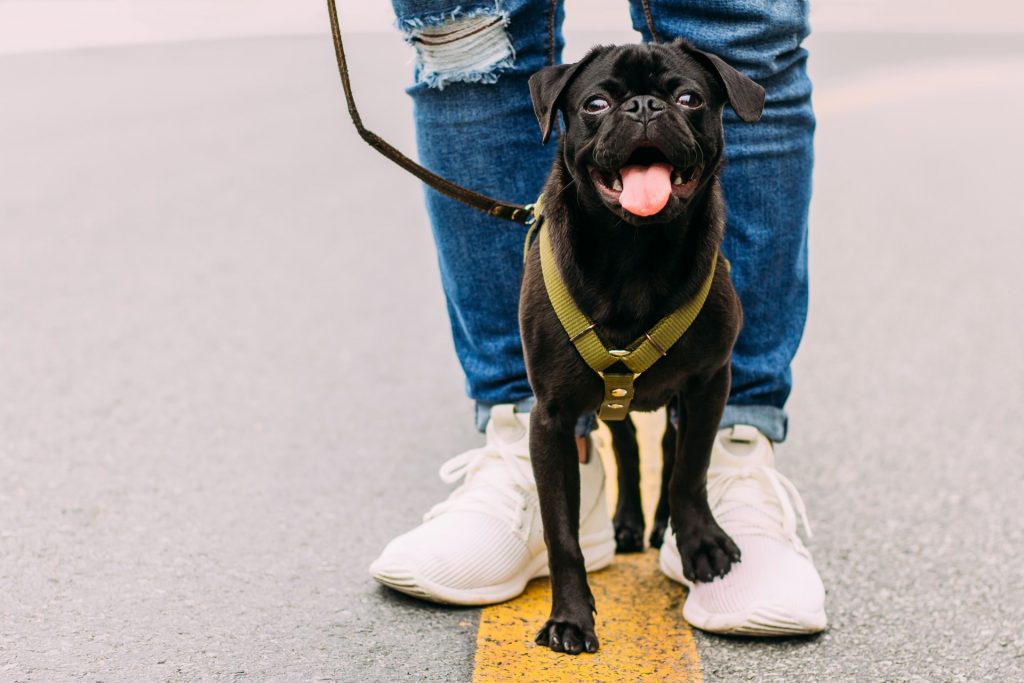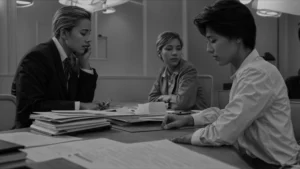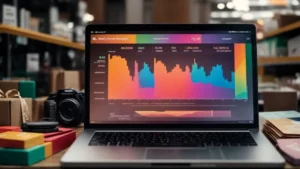People worldwide have had to change the way they work and live since the novel coronavirus began to spread. The virus was first detected in late 2019. It causes a respiratory illness known as COVID-19. People who come in contact with droplets expelled by those who have COVID-19 can be infected. COVID-19 can cause nausea, diarrhea, headaches, respiratory issues, and fatigue. Some individuals are asymptomatic carriers, which means they have no symptoms and may not be aware they are infected.
Most countries implemented stay-at-home measures, and although many of those mandates have lifted, many people still try to stay as safe as possible by limiting their exposure to others. One of the few activities that people can still partake in is walking their dog. Going on a stroll with your pup is usually safe, since you can easily practice social distancing. However, you still want to be careful, especially if you live in a populated neighborhood. Here are some precautions you can take while on a walk with your doggo.
PPE for People
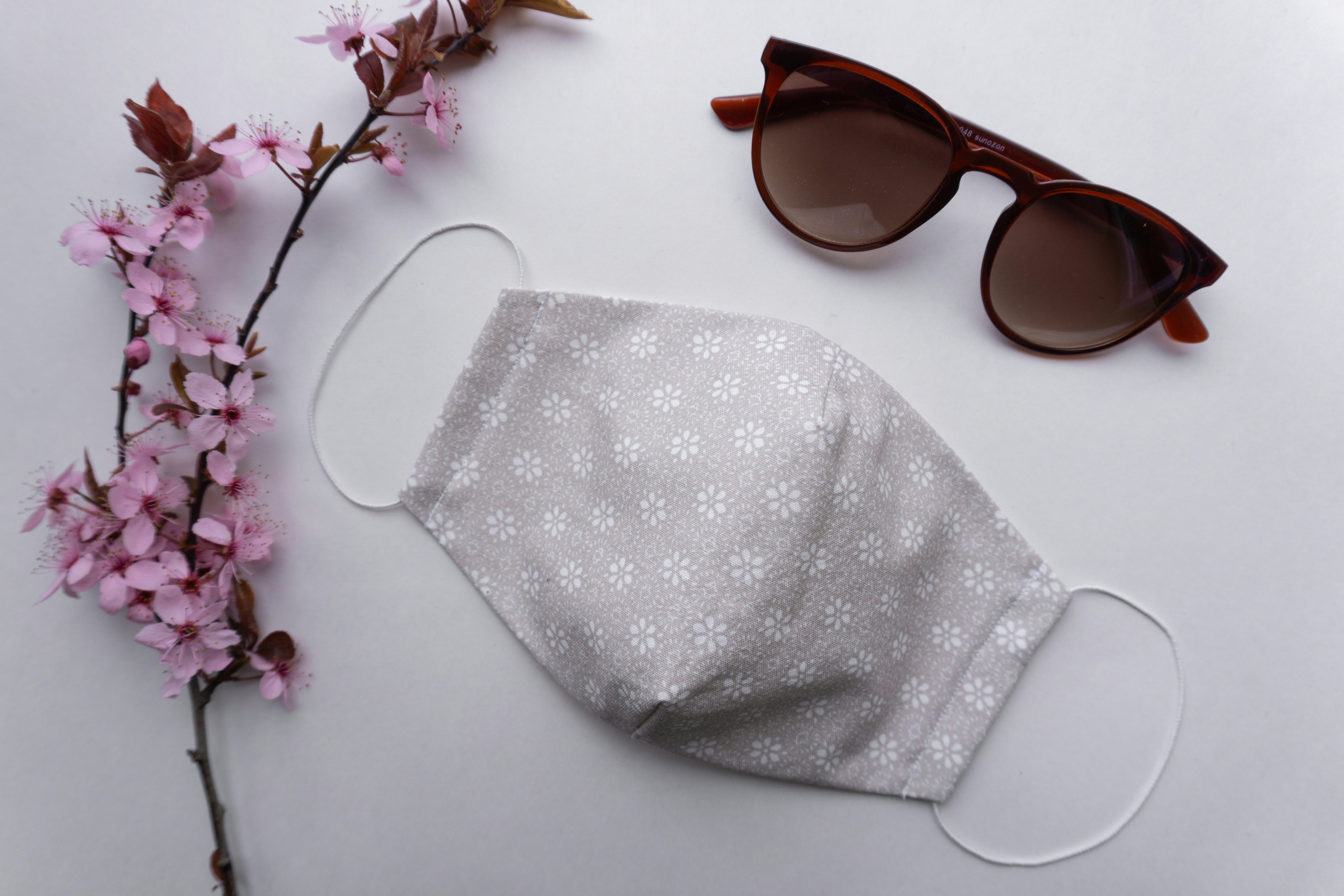
Wear personal protective equipment (PPE) when you go out. There’s no way to guarantee that you will not cross paths with another individual, so it’s crucial to take precautions.
Reusable cloth masks can effectively protect you from transmitting the virus and reduce your chances of being infected. When you wear a pink camo face mask, any droplets you expel from your mouth or nose have a more difficult time reaching other people or landing on items others might touch. One of the most common transmission methods occurs when a person comes in contact with the virus and touches their face. Wearing a face mask is an excellent way to remind yourself not to touch your face.
It’s good to wear gloves when you open trash cans or are in contact with any items others may have touched. If you don’t have gloves handy, you can insert your hand in a dog waste bag or plastic shopping bag to protect your skin. Make sure you turn the bag inside out after it has been in contact with un-sanitized surfaces and dispose of it.
Keep a bottle of hand sanitizer in your pocket in case you think you have come in contact with an exposed surface. Hand sanitizer that contains 60% alcohol is believed to effectively kill the virus.
Protection for Your Pup
Dogs can be infected with COVID-19 if they are in contact with infected people (although it seemingly doesn’t pose as a health threat, your pup can technically still test positive for COVID-19). One way to protect your dog is to prevent people from petting your pup when you go out on walks. Politely decline requests to interact with your dog to reduce your dog’s risk of infection.
Invest in the best dog harnesses for sale today. The World’s Best No Pull Harness is the best dog harness on the market, and it is specifically designed to keep your dog from pulling you while you walk. If your dog isn’t pulling, you will have more control over your pup. One of the advantages is that you can keep your dog from coming in contact with items on the ground. You can also avoid items people may have touched, such as benches and posts. Dogs love to sniff, which is another way they can come in direct contact with the virus. Some eager pups love other people and may want to go greet them, which is where their no-pull harness comes in handy. A no-pull harness will help you keep your dog safe. These harnesses are designed to fit large, medium and small dogs.
It may also be a good idea to invest in some dog boots. Your dog’s paws come in contact with the ground. There’s no way to know whether a person with the virus has sneezed or coughed in the area recently, and the virus may live on surfaces for hours or even days. Your dog will not be in direct contact with those surfaces if they wear dog boots.
Strategy
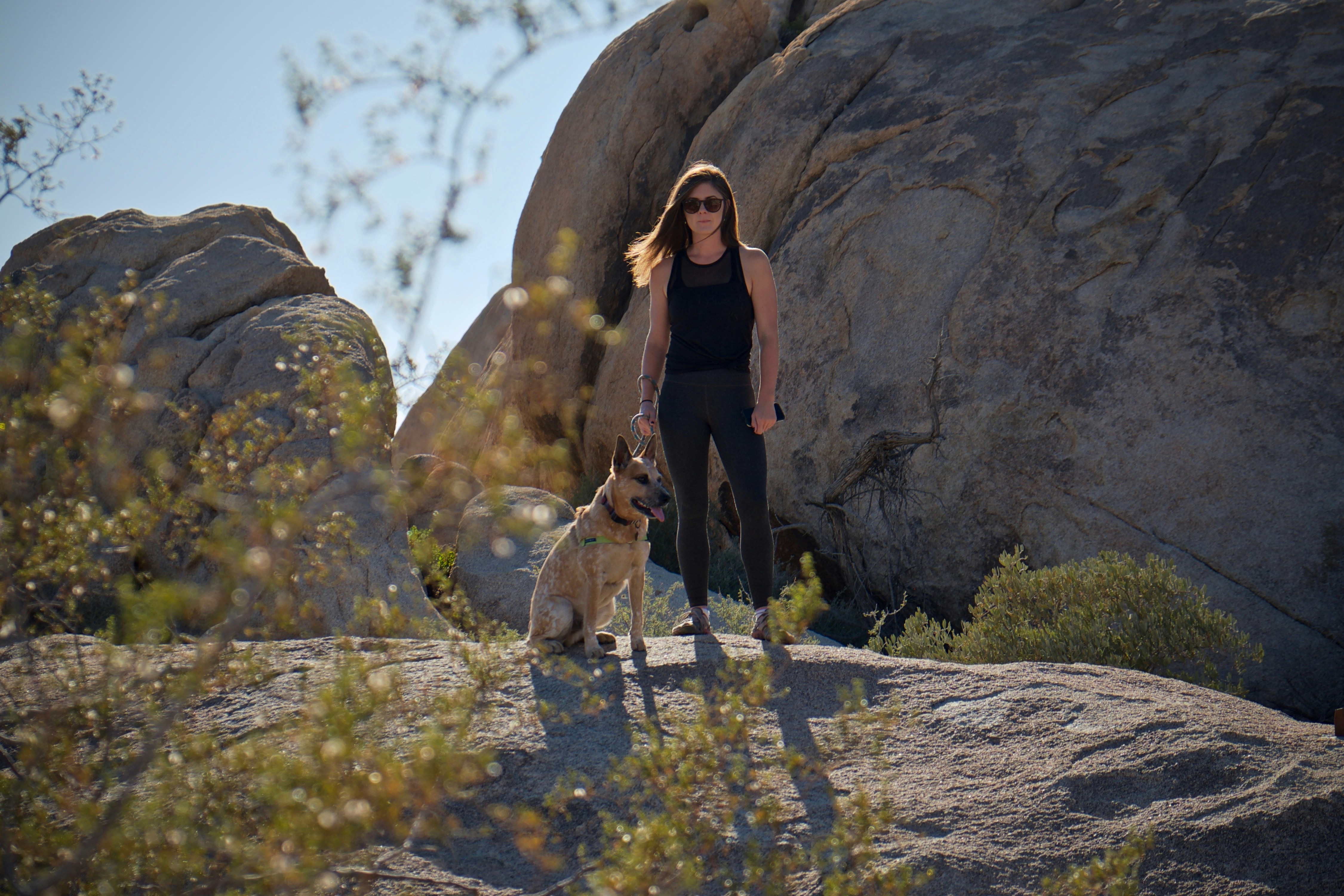
Head out for your walks during the early morning hours or late in the evening. It’s possible to reduce your chances of crossing paths with other walkers if you avoid walking your pup during the day. When you encounter others, be sure to move to the far side of the path to put at least six feet of distance between yourself and other walkers to reduce the chances of transmission of the virus.
Another way to reduce contact with others is by choosing your routes carefully. Examine a map of your local area and look for remote parks and paths. People are more likely to use popular parks in downtown or residential areas. Avoid the busiest routes to reduce the chances you or your pup will be exposed to the virus while walking.

